bending a 2 x 4
madtripper
17 years ago
Related Stories
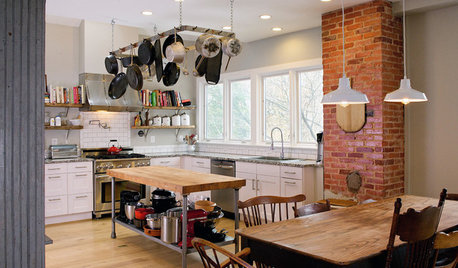
KITCHEN DESIGNNew This Week: 4 Kitchens That Embrace Openness and Raw Materials
Exposed shelves, open floor plans and simple materials make these kitchens light and airy
Full Story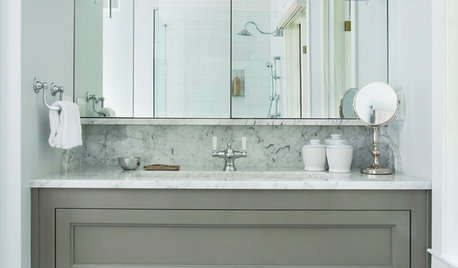
BATHROOM DESIGN4 Secrets to a Luxurious Bathroom Look
Give your bathroom a finished feel with a few splurges and budget-stretching moves
Full Story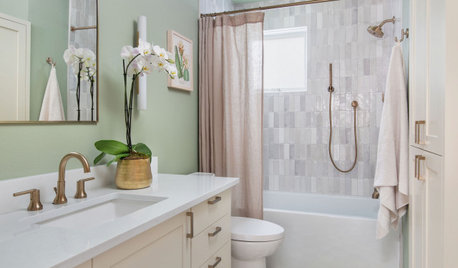
HOUSEKEEPING4 Secrets to a Shiny-Clean Bathtub
Learn how to get your bathtub sparkling clean and keep it that way
Full Story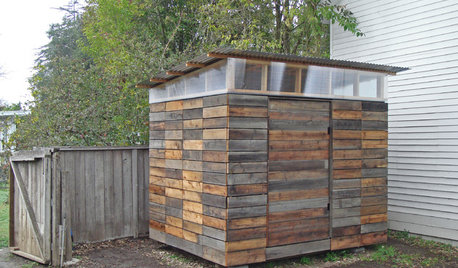
STORAGE2 Weeks + $2,000 = 1 Savvy Storage Shed
This homeowner took backyard storage and modern style into his own hands, building a shed with reclaimed redwood and ingenuity
Full Story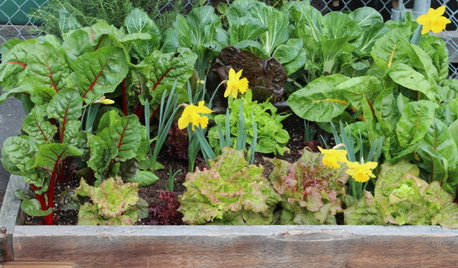
FARM YOUR YARDGrow a Kitchen Garden in 16 Square Feet
Got a sunny 4-by-4 space? You can make meals more interesting with your own vegetables and herbs
Full Story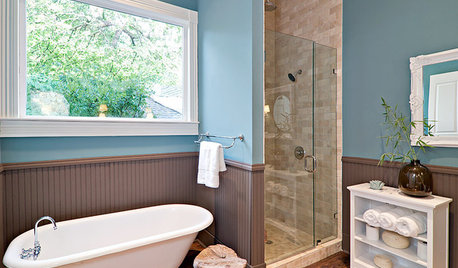
4 Easy Ways to Renew Your Bathroom Without Remodeling
Take your bathroom from drab to fab without getting out the sledgehammer or racking up lots of charges
Full Story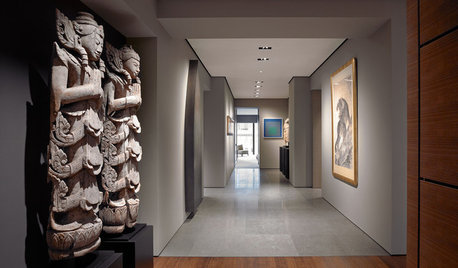
DESIGN DETAILSDesign Workshop: The Modern Wall Base, 4 Ways
Do you really need baseboards? Contemporary design provides minimalist alternatives to the common intersection of floor and wall
Full Story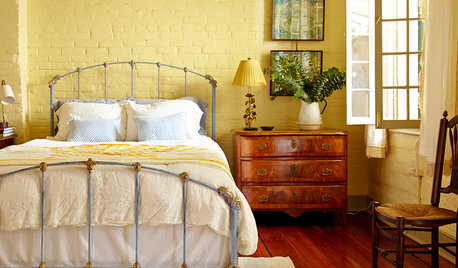
COLORSet the Mood: 4 Colors for a Cozy Bedroom
Look to warm hues for that snuggle-friendly feeling
Full Story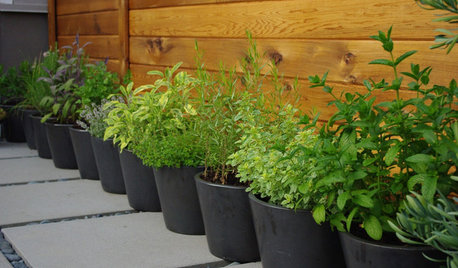
GARDENING GUIDES4 Herb Container Gardens for Fabulous Global Cuisine
Tingle your taste buds with the unbeatable taste of fresh herbs in your Italian, Asian, Mexican or French fare
Full Story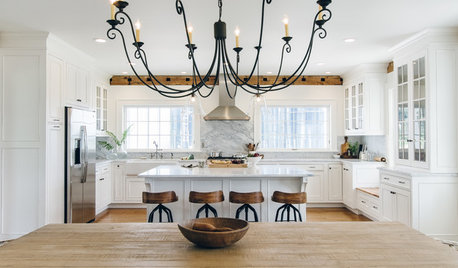
WHITE KITCHENS4 Dreamy White-and-Wood Kitchens to Learn From
White too bright in your kitchen? Introduce wood beams, countertops, furniture and more
Full Story





tkendr01
madtripperOriginal Author
Related Professionals
Danbury Landscape Architects & Landscape Designers · Jennings Landscape Architects & Landscape Designers · Palm Springs Landscape Architects & Landscape Designers · Edmond Landscape Contractors · Apollo Beach Landscape Contractors · Brownsville Landscape Contractors · Mendota Heights Landscape Contractors · New Cassel Landscape Contractors · Wailuku Landscape Contractors · Atlantic City Decks, Patios & Outdoor Enclosures · Billerica Decks, Patios & Outdoor Enclosures · Fort Myers Decks, Patios & Outdoor Enclosures · Reading Decks, Patios & Outdoor Enclosures · Lodi Home Builders · Riverbank Home Builderstkendr01
barbedwire
bambooo
giventake
tkendr01
davefr
mikie_gw
cadmanjwm
madtripperOriginal Author